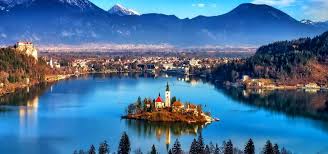Panoramic excursion to the islands (Brač, Hvar, Šolta, Vis, Korčula).
Yacht Charter with Skipper
Excursion on the islands with stopping for swimming on unusually beautiful beaches.
Excursions are one-day and can be rented for a week, with a skipper stopping on various islands.
Depart from any town on the Dalmatian coast. (Zadar, Šibenik, Trogir, Split, Makarska, Dubrovnik)

First the Greek, then the Roman colony – Salon, whose remains are still visible a few kilometers from Split, a city that is the economic center of the province of Dalmatia. According to legend, in III. The centuries-old Roman Emperor Diocletian, who ruled Rome from 284 to 305, was born here and entered history as a reformer of the Roman Empire and the organizer of one of the cruelest persecution of Christians. After the abolition of power in 305, he returned to Split, where his palace was already under construction. Diocletian was buried in a mausoleum, later transformed into the Christian cathedral of St. Duje/ Domnius. In 639, the salon was destroyed during the Avars attack, and the entire population of the city was hiding behind the walls of Diocletian’s Palace and the Kaštelanian Gulf. At the end of the 7th century, the entire coastline of the area and the city itself were inhabited by Slavs. In the 12th century, Split officially admitted the power of the Hungarian-Croatian kingdom, but de facto retained its independence until 1420, when, along with most coastal and island towns of Dalmatia, became part of Venice. However, as part of Venice, Split enjoyed a certain autonomy. The area of Split, especially the coast of the Kaštela Bay, has become a favorite place for a holiday of rich Venetians. Many of the villas and fortresses that they built have been preserved to this day. Trogir (Tragurion) was founded in the 3rd century BC. e. Greek colonists from the island of Vis. Although the roots of the city lead to a far past up to 5000 years. The city developed successfully, but in Roman times it turned out to be in the shadow of the nearby and prosperous city of Salona and Split. In the 7th century the Slavs came to the Dalmatian coast, and soon Croatian rulers ruled the city. The central historical part of Trogir is listed on the UNESCO list of world heritage sites. Trogir is connected by city bus line to Split and regular bus lines to other major Croatian cities. Split Airport is 7 km from Trogir.
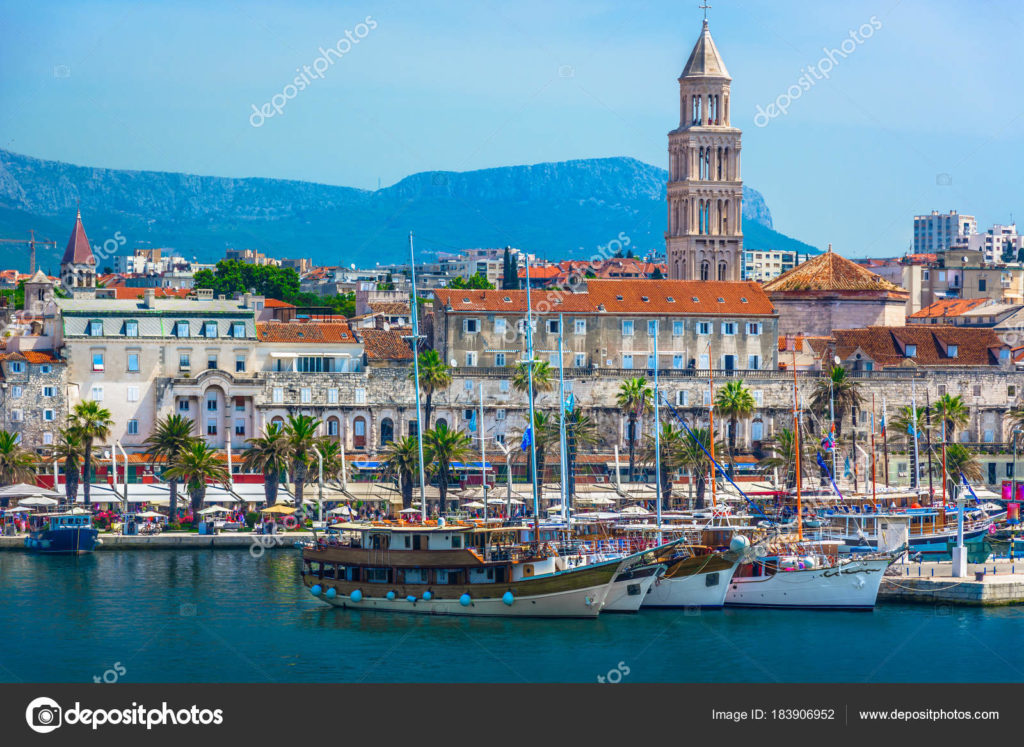
Plitvice Lakes National Park (full day excursion) One of the most interesting and unforgettable excursions. Croatians call it the “Eighth World Miracle” – 16 national park lakes, located in dense forests, are interconnected by 92 cascades of waterfalls and are considered one of the most unique natural phenomena in the world. They are really astonishing. Plitvice Lakes were recognized as a national park in 1949, and in 1979 UNESCO put them under protection, recognizing them as a world heritage. The National Park area is 295 square meters. km, while the lakes that connect to each other extend to 5.460 km. Lakes are divided into Upper and Lower Lakes. The climate here is alpine, with an average annual temperature of between 8 ° C and 10 ° C. The water temperature in lakes in the summer is around 24 ° C, but swimming is prohibited.
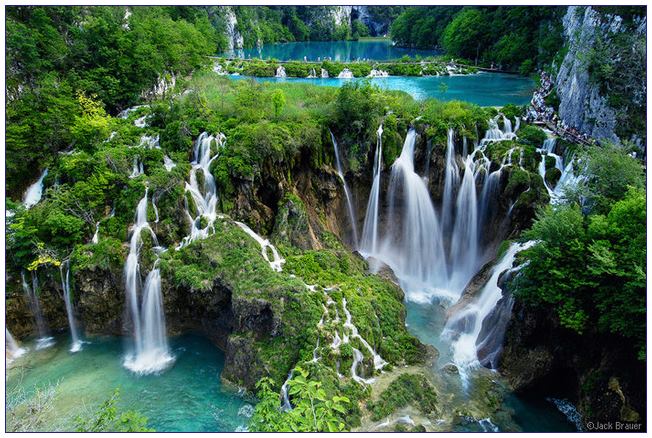
It is a unique opportunity to visit one of the most beautiful cities in Europe, which, in addition to Venice and Amsterdam, is fully protected by UNESCO and recognized as a world heritage site. Visiting the old part of Dubrovnik, I will tell you about the splendid history of the city, which was at one time an independent republic and can boast of the first pharmacy in Europe and one of the oldest synagogues. One of the main attractions of Dubrovnik is the walls and fortresses, completely preserved from the 15th century, by which you can bypass the whole old city and enjoy the unforgettable panorama of the nearby islands from the height. Sightseeing takes 2-4 hours
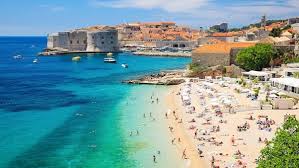
Classical sightseeing from the center to the Upper Town and then to the Lower Town.
Zagreb is the capital and the most important economic center of Croatia. This town is often called the entrance to Western Europe. Zagreb is located on the banks of the Sava River and at the very foot of the Medvednica Mountain. At this place, the town had a traffic link with the mills of the Adriatic coast, Central Europe.
Zagreb is based on two settlements – Kaptol and Gradec. Such a structure of the city has determined the place of its most important sights, each of which represents its present heart – the Zagreb Cathedral of St. Stjepan and the Assumption of Mary and the Church of St. Brand.
Modern Zagreb is divided into three quarters – Old Town and Kaptol, Old Town Lower and Novi Zagreb.
We will walk from Ban Jelacic Square, old streets of Upper Town and Kaptol, visit the cathedral, Dolac Market, where we will stop shopping, stone gate, church of St. Marka, Lotrščak Tower. To experience the past of street life in Zagreb, the Zagreb Vremeplov will help you, and this is costumed characters from the past.
Zagreb can boast beautiful parks, in the center we will visit the “Green Hut” – a complex of eight parks and squares that together form the shape of the horseshoes. Each park has important and beautiful buildings.
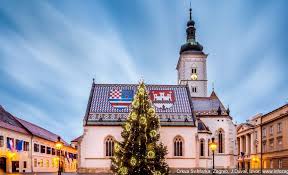
Trip from Zagreb and sleeping in Bled
We will first visit -Postojna Pond is the underground wonder of Slovenia and the main tourist cave in Europe, the largest classical limestone karst cave. All the main junctions of Postojna Ponds were discovered in 1818. However, the inscriptions on the cave walls testify to visitors from the 13th century, and in prehistoric times ancient people lived here. This is evidenced by the remains of stone and bone tools found in the cave.
Even before 1872, a railway track was laid in the cave, and in 1884 there was electric lighting in Postojna. Thanks to the competent lighting within the Postojna cave, there are astonishing optical illusions. We are going to tour and see the Postojna cave on a miniature electric train, and in the light of the light we will be able to admire the power of the Slovenian underground. We will discover a beautiful world of stalactites and stalagmites, colorful droplets of various shapes, sizes and colors.
– We go to Bled, we sail to the islet where lies the 15th century church of the Assumption of Mary – Lunch – specialties of the Bled cuisine
Then we will visit the 11th century Bled castle, which was built above a 130 meter high lake. after that We’re staying tonight.
Breakfast. We go to Bohinj Lake and the Vogel-famous Slovenian ski resort. From the height of 1520 m we will be able to enjoy the beautiful view and enjoy a cup of tea or coffee.
When we return to Zagreb we will stop in the capital of Slovenia Ljubljana.
Laibach or Ljubljana, Emona are all the same names for the capital of Slovenia. Located on the river Ljubljanica, which by its very name says that the city of young and in love. This place is where interesting legends are connected. Sightseeing in the old part of Ljubljana for up to two hours.
